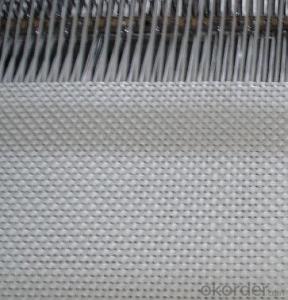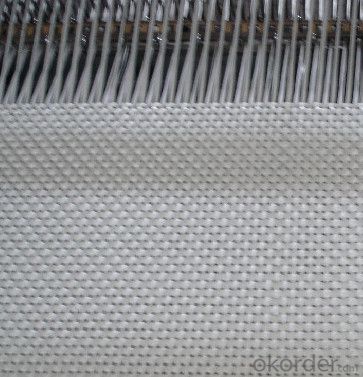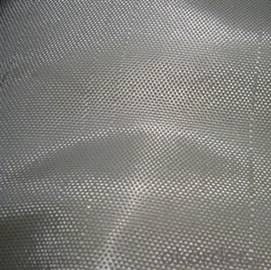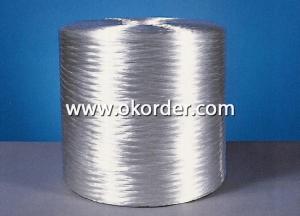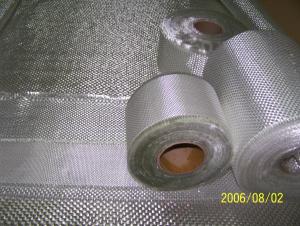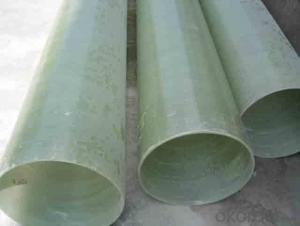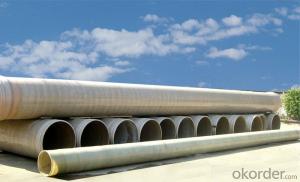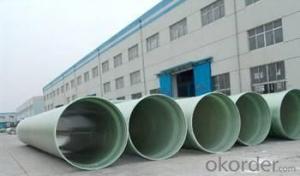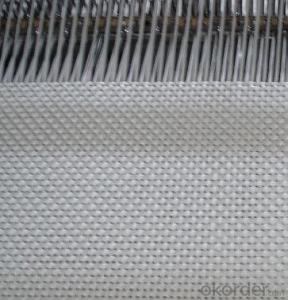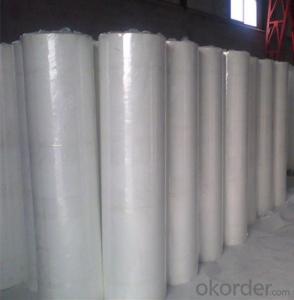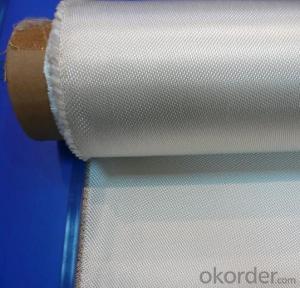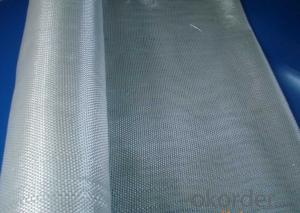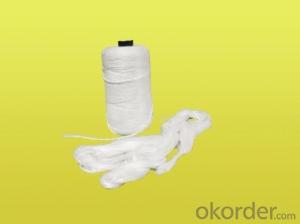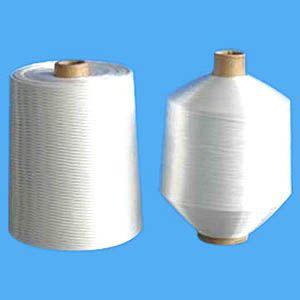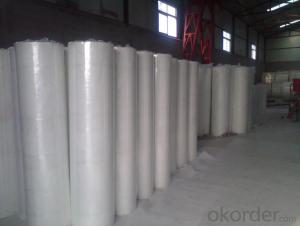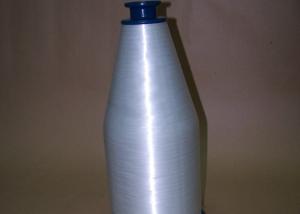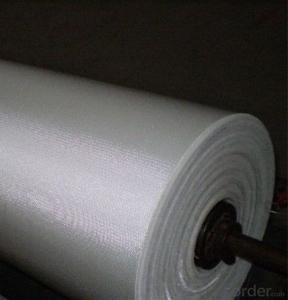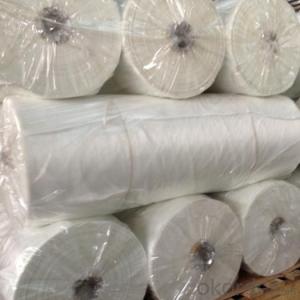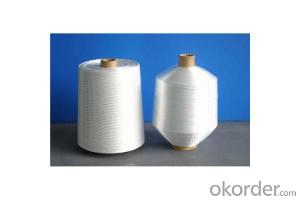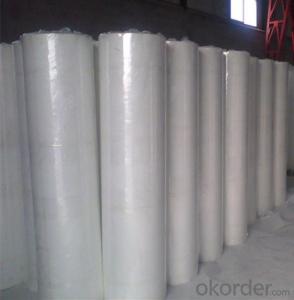Fiberglass Yarn - Flame-Resistant Fiberglass Fabric ISO9001
- Loading Port:
- Shanghai
- Payment Terms:
- TT OR LC
- Min Order Qty:
- 500 m²
- Supply Capability:
- 50000 m²/month
OKorder Service Pledge
OKorder Financial Service
You Might Also Like
Fiberglass Fabric of Excellent Flame-resisting ISO9001
Fiberglass Fabric Introduction:
Fiberglass fabric is weaved by high quality fiberglass,as a kind of engineering material,which is
many excellent characteristics:
flame-resisting,corrosion resistant,high strength,heat resistance.stable structure,good chemical resistance,durability.
Fiberglass Fabric Features:
Warp and weft yarns are parallel arrangement as flat situation, with uniform tension;
Fiber is aligned with large consistency, stable and easy operation;
Good moldability, fast and complete wet out in resins, resulting in high productivity;
Good transparency and high strength of composite products.
Fiberglass Fabric Specification:
mark | Fiber consistency(ends/ cm) |
Area weight (g/ m2) |
Thick-ness (mm) |
Width (cm) |
Length (mm) | Breaking strength(N)≥ |
weave | |||
Warp direction | Weft direction | Warp direction | Weft direction | |||||||
EW200 | 16 | 12 | 200±20 | 0.2 | 90-130 | 300-1200 | 980 | 980 | ||
EW210 | 16 | 12 | 200±20 | 0.21 | 90-130 | 300-1200 | 1080 | 1080 | Twill weave | |
Plain weave | ||||||||||
EWR360 | 3.2 | 1.8 | 354±18 | 0.35 | 50-300 | 100 | 2000 | 2000 | ||
EW280 | 16 | 10 | 280±28 | 0.26 | 90-130 | 300-1200 | 1800 | 1800 | ||
EW300 | 14 | 10 | 320±32 | 0.3 | 90-130 | 300-1200 | 1500 | 1500 | ||
EW430 | 20 | 12 | 420±42 | 0.43 | 90-130 | 300-1200 | 2000 | 2000 | Broken twill | |
EWR136 | 10 | 10 | 136±13 | 0.136 | 100 | 200 | 850 | 850 |
Plain weave | |
EWR200 | 8 | 7 | 200±20 | 0.21 | 100 | 200 | 1200 | 1200 | ||
EWR400 | 3.6 | 3.2 | 400±30 | 0.4 | 100 | 50-100 | 2500 | 2500 | ||
EWR600 | 2.6 | 2.5 | 600±50 | 0.6 | 100 | 40KG | 4000 | 4000 | ||
EWR580 | 2.5 | 2.3 | 576±29 | 0.58 | 100 | 40KG | 3850 | 3850 | ||
EWR800 | 1.8 | 1.8 | 800±60 | 0.8 | 100 | 40KG | 4600 | 4600 | ||
Product Show
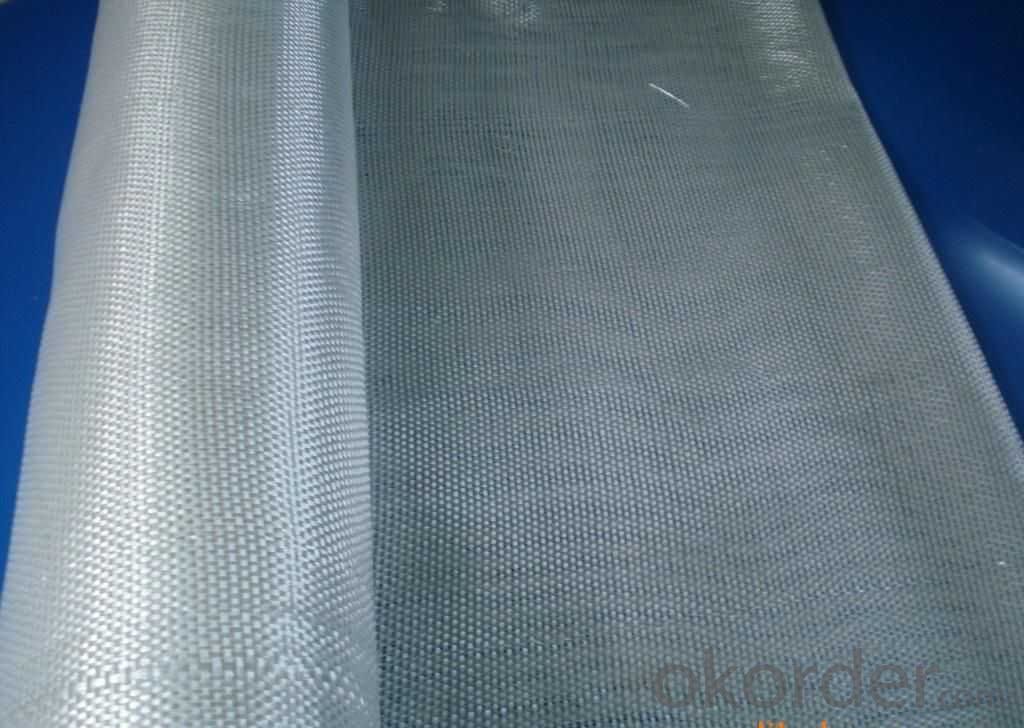
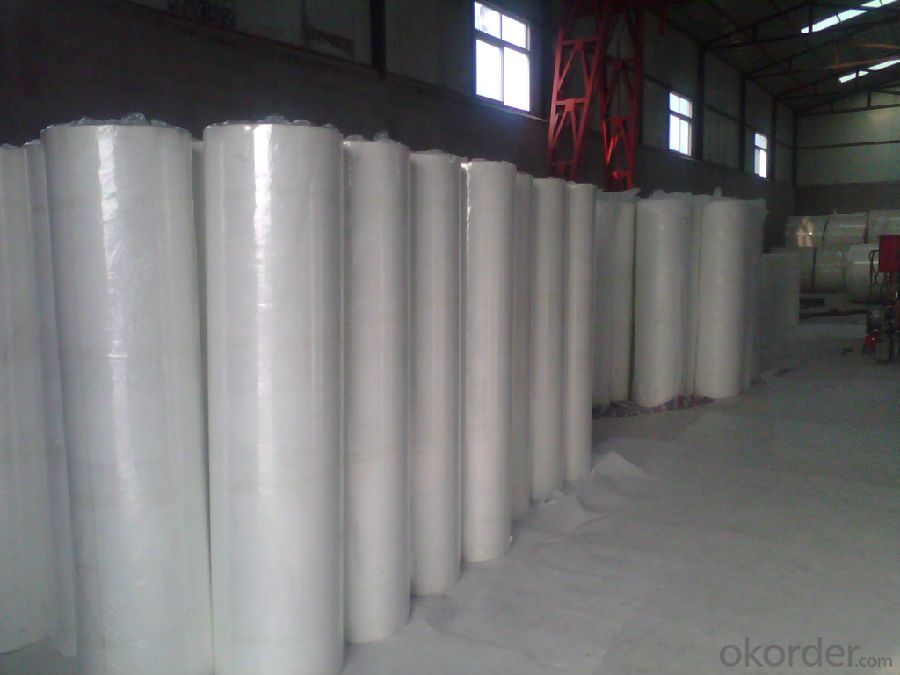
Fiberglass Fabric Usage:
E-glass woven roving is a schistose double faces reinforcement fabric that is weaved into from roving in directly.
E-glass fiber fabric (thin fabrics with thickness from 0.025 to 0.09mm) is suitable for electrical isolation mica product, wax cloth as the reinforcement materials.
E-glass woven roving applys to all kinds of polyester reinforcement system, (such as unsaturated polyester resin, vinylite,epoxy resin and phenolic resin.
E-glass woven roving is a high performance reinforcement material. It is widely used in hand lay-up and machinery processing products, (such as vessel, container, airplane and vehicle component, furniture, athletic facilities and other industry.
FAQ
1.Package of Fiberglass Fabric?
Fiberglass fabric is wound on a paper tube with inner diameters of 50. 8, 76 or 152mm. Each roll is wrapped in a plastic bag, then to be packed in a carton box. The rolls are to be horizontally placed.
Width (cm): 90, 100, 127
Length (m): 100, 200, 300, 400
2.Storage of Fiberglass Fabric?
Store rolls in a cool, dry location
Protect rolls from weather and other damage.
3.If sample available if needed?
We aim to offer our customer best Products&Service,samples are allowed if necessary.
- Q: What are the common certifications or standards for fiberglass yarn?
- Some common certifications or standards for fiberglass yarn include ISO 9001 (quality management), ISO 14001 (environmental management), and ASTM D578 (specification for glass fibers for reinforcing plastics).
- Q: Can fiberglass yarn be used in construction applications?
- Yes, fiberglass yarn can be used in construction applications. It is commonly used for reinforcing concrete, creating strong and durable structures. It is also used for insulation, as it is fire-resistant and provides thermal protection. Additionally, fiberglass yarn can be used for manufacturing lightweight and corrosion-resistant components in construction projects.
- Q: Is fiberglass yarn resistant to rot?
- Yes, fiberglass yarn is resistant to rot. Fiberglass is made from a combination of glass fibers and resin, which makes it highly durable and resistant to moisture, rot, and decay. This characteristic of fiberglass yarn makes it an excellent choice for applications where exposure to moisture or harsh environmental conditions is expected. Additionally, the non-porous nature of fiberglass yarn prevents the growth of mold, mildew, and bacteria, further enhancing its resistance to rot.
- Q: Can fiberglass yarn be used for insulation purposes?
- Yes, fiberglass yarn can be used for insulation purposes. It is commonly used as a thermal insulator due to its low thermal conductivity and ability to trap air, making it an effective material for insulating buildings, pipes, and appliances.
- Q: Can fiberglass yarn be used in ballistic applications?
- Indeed, ballistic applications can benefit from the utilization of fiberglass yarn. Renowned for its exceptional strength-to-weight ratio, fiberglass yarn proves to be an optimal material for endeavors demanding resilience against forceful impact and penetration, such as ballistic protection. The inherent qualities of the yarn, including its elevated tensile strength and impressive energy absorption capabilities, render it highly effective in intercepting projectiles and diminishing their impact. Furthermore, the versatility of fiberglass yarn allows for its incorporation into fabrics or composites through weaving or layering, thus facilitating diverse design possibilities and augmenting its ballistic attributes. Its remarkable resistance to heat and chemicals further bolsters its suitability for ballistic applications. In conclusion, the integration of fiberglass yarn in ballistic undertakings offers heightened safeguarding and longevity.
- Q: How does fiberglass yarn perform in terms of moisture wicking?
- Fiberglass yarn is generally not recognized for its capacity to wick away moisture. Unlike natural fibers like cotton or wool, fiberglass lacks the capability to absorb and transfer moisture from the skin. Rather, it tends to repel moisture and may feel less cozy when in contact with sweat or other forms of moisture. Therefore, if moisture-wicking is a crucial aspect, it is generally advised to choose fabrics crafted from natural fibers or synthetic materials specifically engineered for moisture control.
- Q: Can fiberglass yarn be used in composites?
- Yes, fiberglass yarn can be used in composites. It is commonly used as a reinforcement material in composite manufacturing processes, providing strength and durability to the final product.
- Q: What are the common thicknesses or gauges of fiberglass yarn?
- The common thicknesses or gauges of fiberglass yarn range from 300 tex to 4800 tex, with tex being the unit of measurement for linear mass density of fibers.
- Q: Is fiberglass yarn suitable for making protective clothing?
- Yes, fiberglass yarn is suitable for making protective clothing. Fiberglass yarn is known for its high strength and durability, making it ideal for providing protection against various hazards. It has excellent heat resistance and can withstand high temperatures, making it suitable for protective clothing in industries such as firefighting, welding, and foundries. Additionally, fiberglass yarn has good electrical insulation properties, making it useful for protective clothing in electrical and electronics industries. It is also resistant to chemicals and can provide protection against chemical splashes or spills. However, it is important to note that fiberglass yarn can be irritating to the skin and respiratory system, so proper precautions should be taken while working with this material.
- Q: How does the pH resistance of fiberglass yarn compare to other materials?
- Compared to other materials, fiberglass yarn exhibits remarkably high pH resistance. Typically composed of glass fibers, which possess exceptional resistance against corrosion and degradation caused by acidic or alkaline substances, fiberglass yarn can endure exposure to a wide range of pH levels without incurring notable harm or deterioration. In contrast, various other materials, like cotton or natural fibers, are more prone to chemical reactions when subjected to extreme pH conditions. These substances may undergo degradation, discoloration, or a decrease in strength upon exposure to highly acidic or alkaline surroundings. Moreover, fiberglass yarn's pH resistance surpasses that of numerous synthetic materials, such as nylon or polyester. Although these materials generally display greater resistance to pH changes compared to natural fibers, they may still experience some level of degradation over time when confronted with extreme pH levels. In summary, the exceptional pH resistance of fiberglass yarn renders it an ideal option for applications necessitating durability and longevity in corrosive environments, such as chemical processing, wastewater treatment, or manufacturing industries.
Send your message to us
Fiberglass Yarn - Flame-Resistant Fiberglass Fabric ISO9001
- Loading Port:
- Shanghai
- Payment Terms:
- TT OR LC
- Min Order Qty:
- 500 m²
- Supply Capability:
- 50000 m²/month
OKorder Service Pledge
OKorder Financial Service
Similar products
Hot products
Hot Searches
Related keywords
